I visited Jim Thompson’s House on my first visit to Bangkok in 2002. It was just that, a man’s home set in a tropical garden and, though it’s creator was long gone, his spirit remained, the private retreat of a man steeped in the culture of his adopted country, a place of calm in one of the world’s busiest cities and appreciated by visitors who came from around the world.
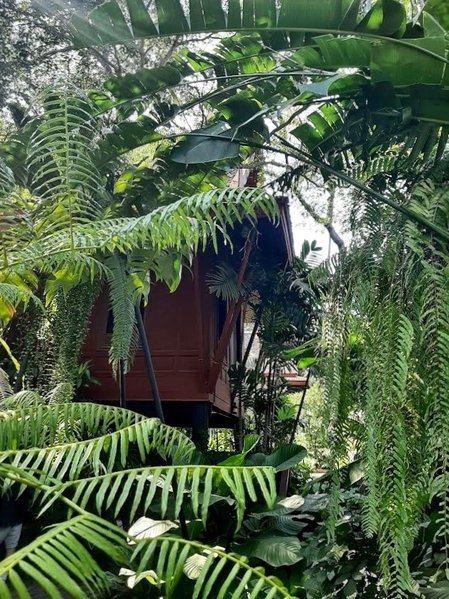
Jim Thompson was a son of a prosperous and politically influential Delaware family. Prior to World War II he had a career as an architect, interior designer and landscape architect. He enlisted in the Delaware National Guard after Pearl Harbor but was convinced by a friend to join the Office of Strategic Services, known as the OSS, the United States intelligence agency during the war, precursor to the CIA. At the end of the war he was sent to Bangkok where he became head of station. He returned to the United States in 1946 but, after the failure of his marriage, returned to Bangkok where he lived in the Oriental Hotel in which he was an investor and embarked on a new life.
Misunderstandings among the partners of the Oriental Hotel project caused Thompson to pull out though he continued to live there. Due to his knowledge of the politics of the region he was an unofficial advisor to the US Ambassador but it was not his occupation. While traveling in the country’s northeast region where the dry climate was conducive to growing mulberry trees he became aware of the farmers who had traditionally earned a living producing the raw material of silk but because of changing fashions and fabric production, silk weaving in the region and in Bangkok seemed to be headed for extinction.
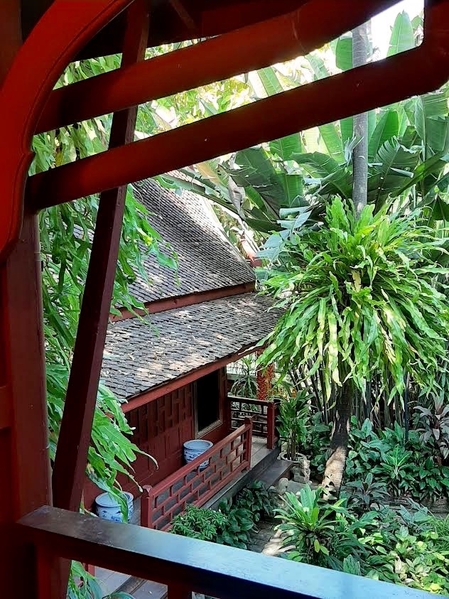
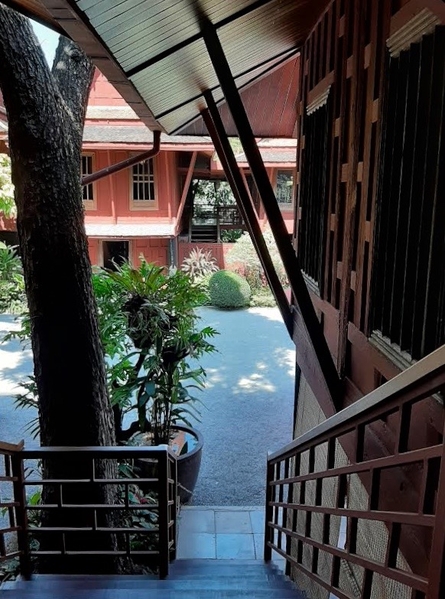
Thompson was approaching middle age, didn’t speak Thai, knew nothing about silk weaving or marketing and seemed an unlikely candidate to restore the silk weaving art and industry of Thailand. His interest began with a small collection of silk lengths woven for traditional sarongs he’d found as he went around Bangkok and the countryside. Then, wondering if the silks he’d discovered being woven in a neighborhood of weavers in Bangkok might be commercially viable, he took samples to New York and with connections he had in publishing made it to the office of Vogue editor and fashion arbiter, Edna Woodman Chase, who was enchanted by the fabrics. The idea that would become the Thai Silk Company was born.
By the early ‘50s his business was thriving and Thompson wanted more space than he had at the Oriental Hotel. He rented a house but when it proved to be too small he leased a lot on a klong (canal) nearer his weavers and designed a house for himself based on larger Thai homes where he could entertain and display the Asian art he collected.
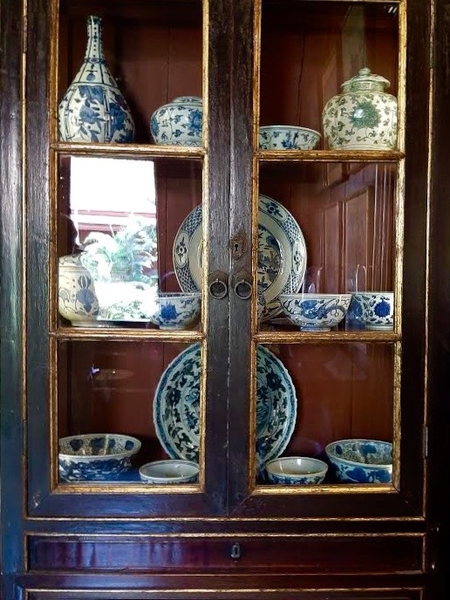
Before his 10 year lease was up Thompson bought land on the klong across from his weavers in the village of Bangkrua, by then within the city. He loved the ambiance of the canalside community and the life that played out along the klong. He retained a nostalgia, along with many long-time expats, for Bangkok of the 1940s despite its inconveniences and decided to buy several old structures and assemble them into homes for himself and for his staff. The traditional houses were built in panels that could be assembled and taken down when the residents wanted to move and these beautiful dwellings were going out of fashion after the war. Thompson bought six houses from Bangkrua and outside Bangkok, disassembled them and brought them by barge to the building site by river and klong. Thompson, the architect, then contrived, with the help of traditional carpenters, to adapt them to his own complex design with connected rooms where before they would have been separately arranged around an outdoor space.
The house was completed in 7 months and in April,1959 Thompson moved in with his art and antiques. Nothing quite like it had ever been done before. It became the site of regular dinner parties with entertainment of classical Thai dancing and a traditionally attired orchestra attended by Thompson’s friends, VIPs, visiting celebrities and visitors to the city with letters of introduction, even the dubious ones.
By 1967 Jim Thompson was known as the man who had revived the Thai silk industry and as a knowledgeable collector of Asian art. On Easter Sunday of that year he became famous for quite another thing. While visiting friends for a long weekend in the Cameron Highlands of Malaysia he went for a walk and disappeared. A long and intense search found no trace of him. The mystery which has fascinated a great many for decades is still unsolved.

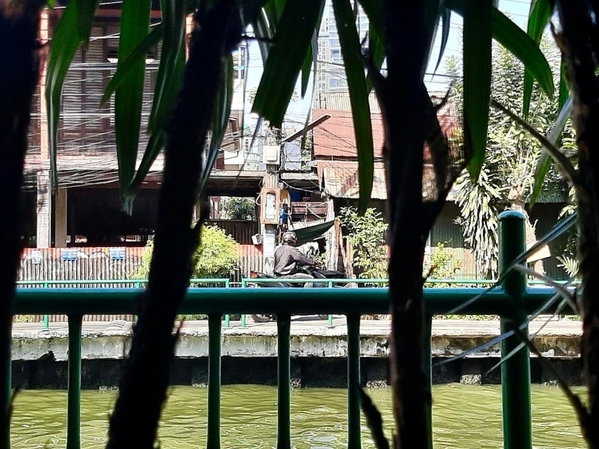
Above, the klong & Bangkrua neighborhood.
Below, a spirit house in the garden.
To my way of thinking, much has been lost since my 2002 visit. While the house remains by the klong, modern buildings have been built - an exhibition building, a large retail shop and restaurant, a snack bar - which crowd the beautiful home and garden on its half acre. Jim Thompson wanted his house to be open to the public and his collection displayed but I cannot imagine that the changes I’ve witnessed are what he had in mind. Still, strolling between the house and the klong with the modern additions out of sight, I remembered the place I saw over 20 years ago and was glad I was there again.
For those interested in reading more about Jim Thompson, his disappearance and mid-20th century Thailand, I recommend William Warren’s book,
Jim Thompson, the Unsolved Mystery, 1998 edition.
The Jim Thompson House Museum
All episodes of PortMoresby's Farewell to Asia Tour can be found here.
Next time, Bangkok's Chinatown.
More of PortMoresby's stories are here.

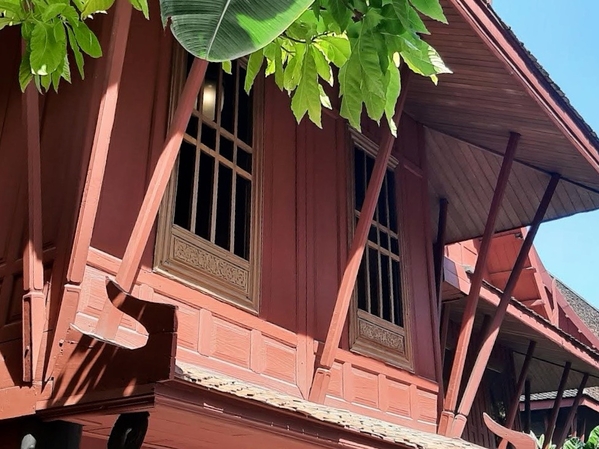
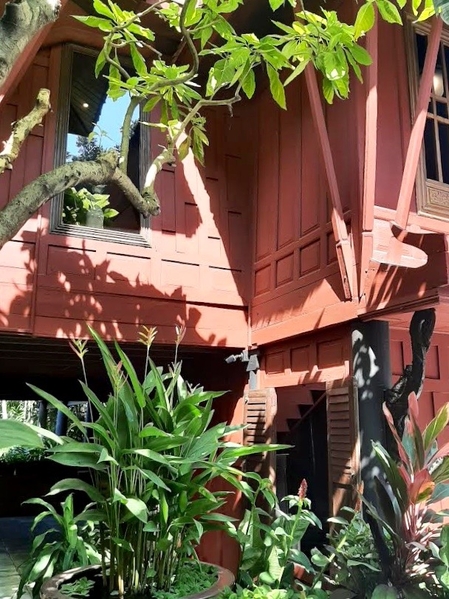
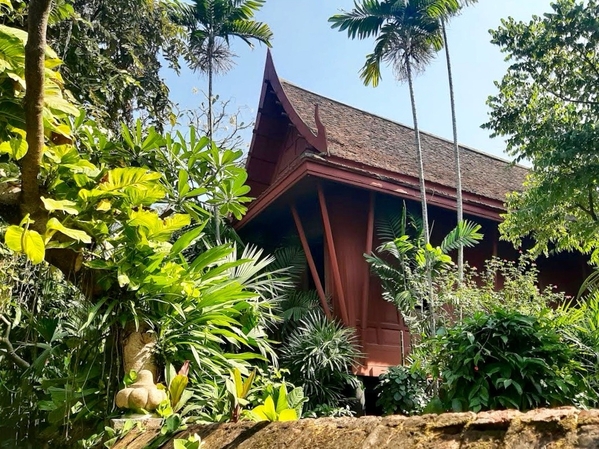
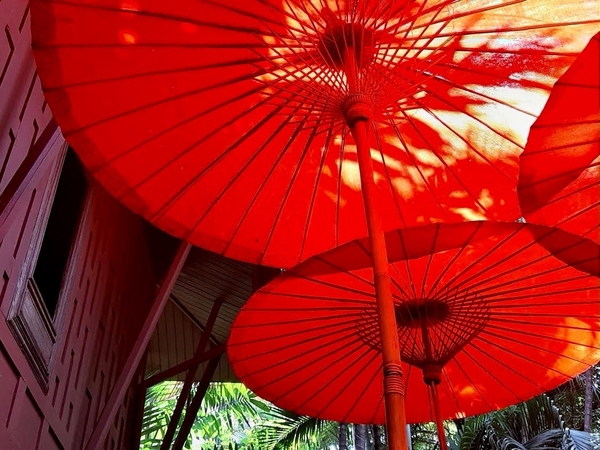
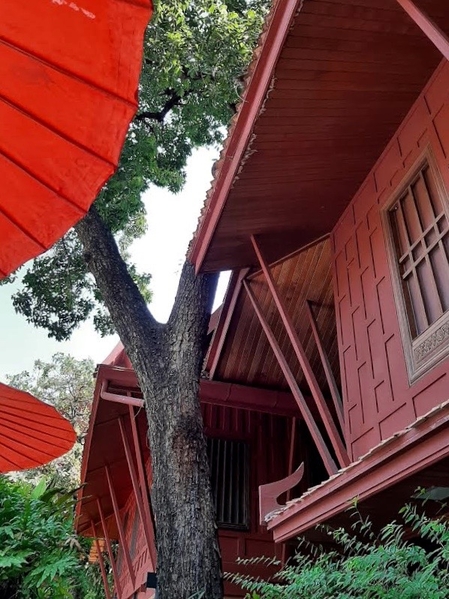
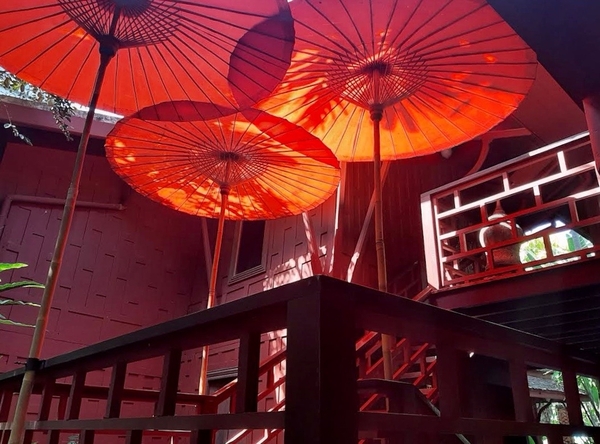
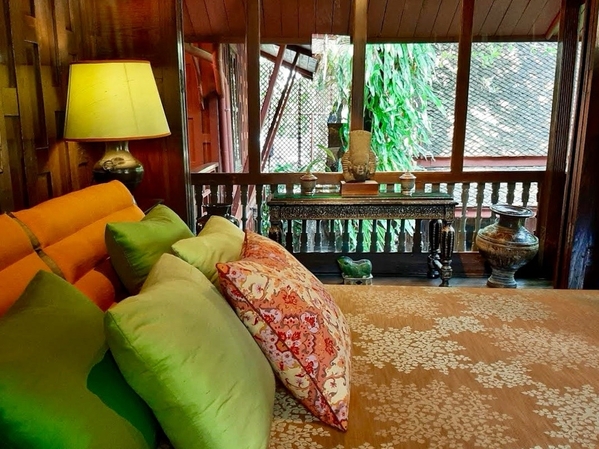

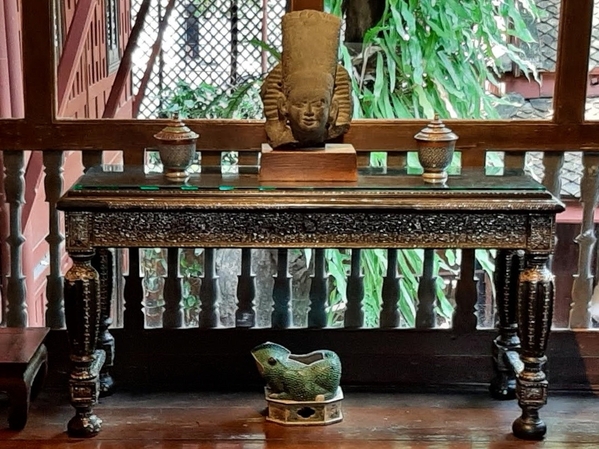
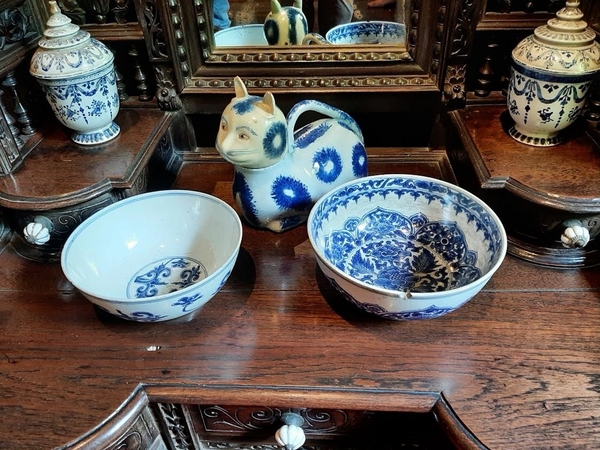
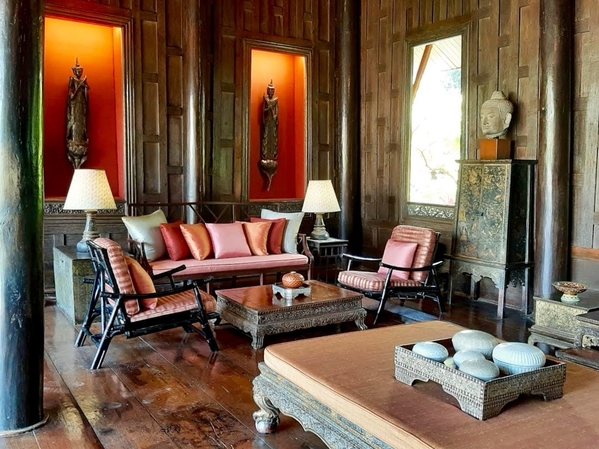
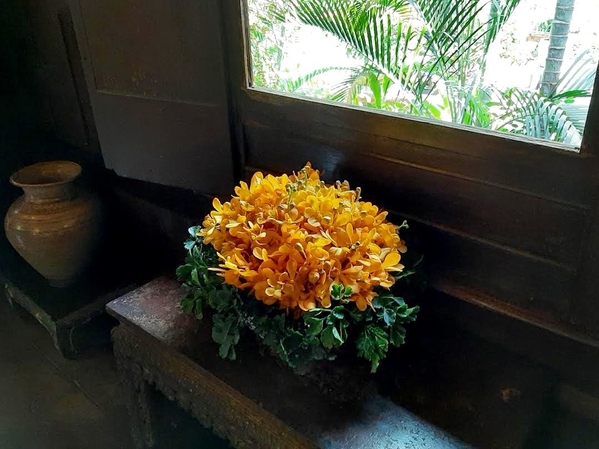
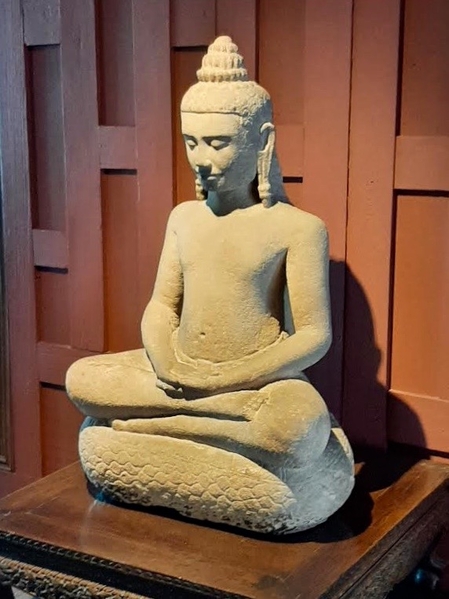
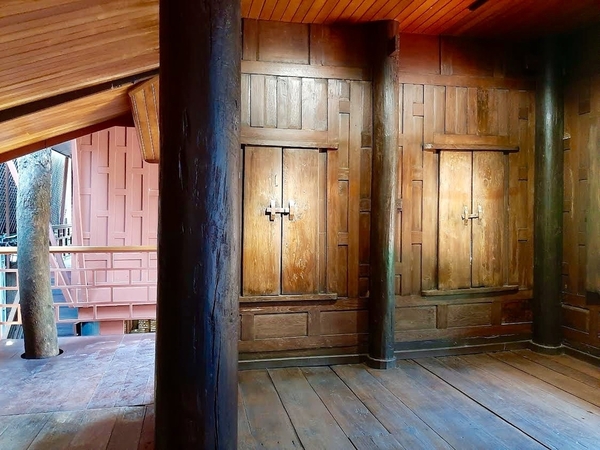

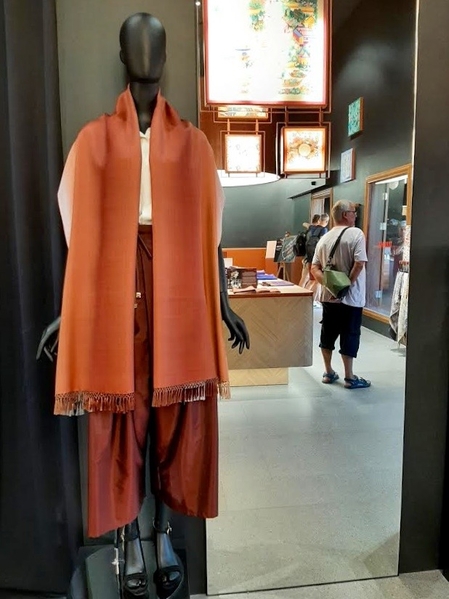
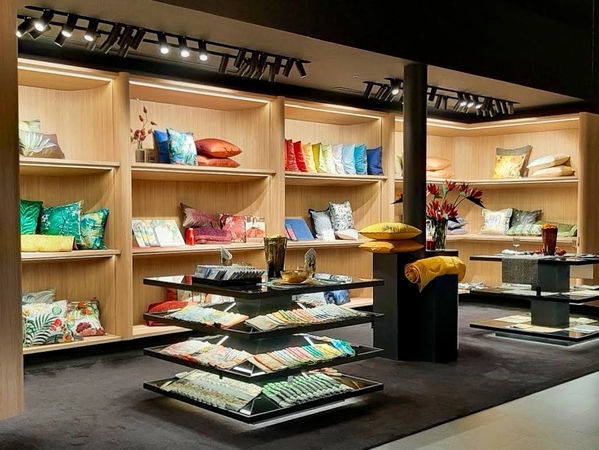
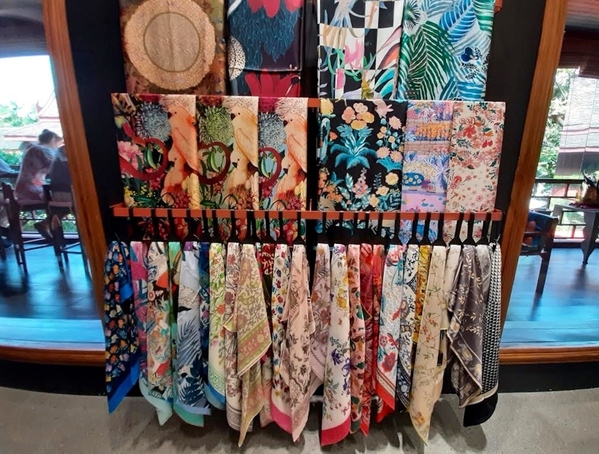
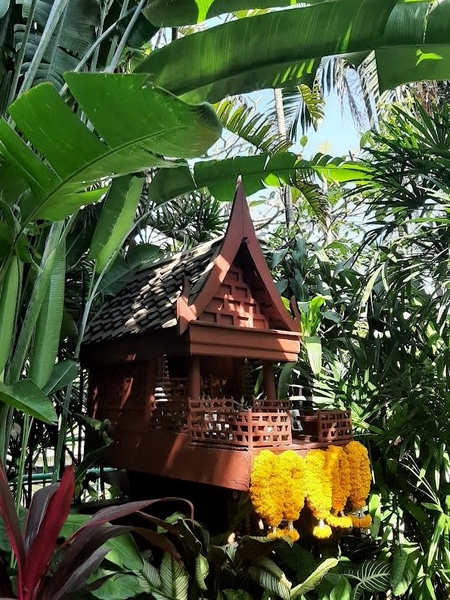
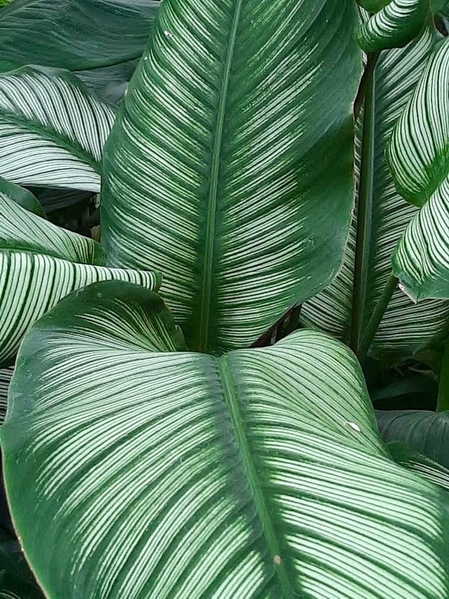
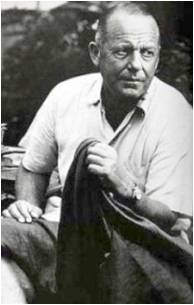
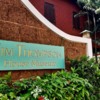



























Comments (2)